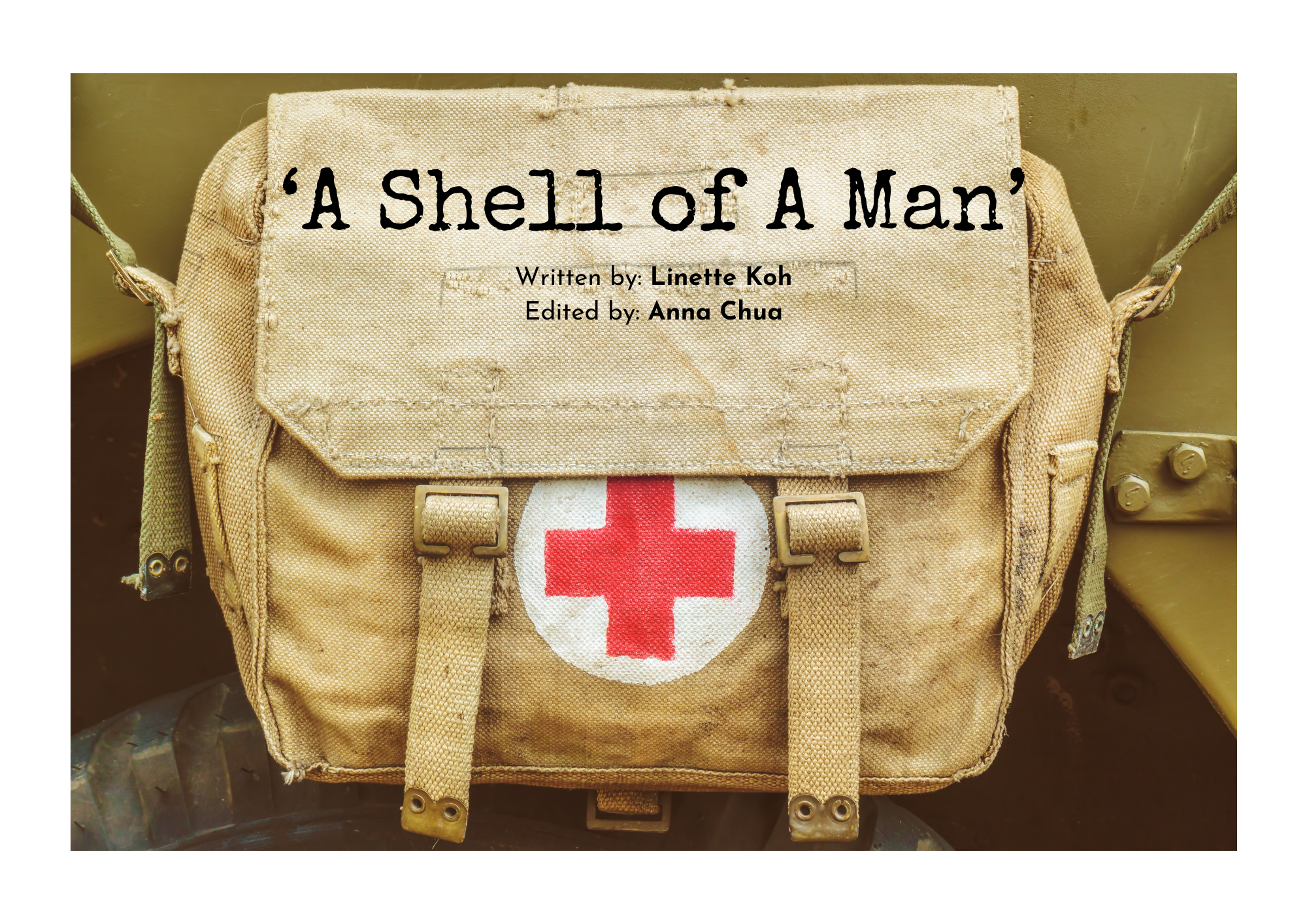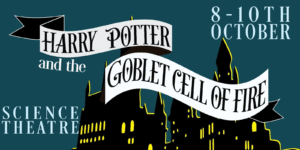
Written by Linette Koh & edited by Anna Chua

“Crazy as their old man”, a passer-by describes Desmond and Harold Doss as they fool around the precipice of a small cliff. In the critically acclaimed Hacksaw Ridge (2016), we follow Desmond navigating the battlefield whilst holding onto his unconventional belief of refusing to kill another human being. While an interesting premise, the focus of this article lies within a theme more apparent in Desmond’s father, W. Thomas Doss.
We are first introduced to Thomas standing in the middle of a cemetery, reminiscing to several headstones which we subsequently learn were his fallen comrades. As the movie progresses, we start to glean more information on Thomas, an emotionally absent and abusive father figure who leans on alcohol as a crutch. From the tremble in his voice as he reacts to Harold enlisting in WWII, to his seemingly yearnful depictions of passed soldiers, Thomas embodies what we now know as Post Traumatic Stress Disorder (PTSD).
Understanding PTSD
PTSD, despite being a relatively new term first used in 1980, in the 3rd Edition of the Diagnostic and Statistical Manual of Mental Disorders (DSM III), has had many names throughout history. In WWI, soldiers returned home shell-shocked, and in WWII they suffered from battle fatigue, all descriptions lining up with behavioral tendencies that fall within what we now know as PTSD.
PTSD is described by the National Institute of Mental Health (NIMH) to be a disorder developed by those who “have experienced a shocking, scary, or dangerous event”. It is characterised by a constant state of fear in response to said traumatic events.
According to NIMH, a person must display symptoms of PTSD that are “severe enough to interfere with aspects of daily life” for more than a month to meet the diagnostic criteria. Symptoms can be categorised as such:
- Re-experiencing (flashbacks, recurring dreams, etc.);
- Avoidance;
- Arousal and reactivity (engaging in risky behavior, easily startled, irritable, etc.); and
- Cognitive and mood (poor memory, negative self-thought, etc.).
Notably, PTSD often presents itself alongside panic disorders, depression, substance abuse, and suicidal thoughts (National Institute of Mental Health, 2023).
PTSD in Veterans
Naturally, being on the frontlines of a battlefield is traumatic. Hence, it shouldn’t come as a shock that veterans (7%) generally display a higher likelihood of developing PTSD than the average citizen (6%). Further research shows those who were deployed were 3 times more likely to develop PTSD (National Center for PTSD, 2023). PTSD in veterans is commonly symptomatic of higher rates of suicide and substance abuse.
Substance Abuse
Studies have shown that US veterans (7.5%) were more likely to report heavy use of alcohol than non-veterans (6.5%), with higher levels of combat exposure associated with heavy and binge drinking. In recent years, opioid usage has also been indicated to be a cause for concern among military veterans (Teeters et al., 2017).
Suicide Rates
Fig.1 Age and Sex-Adjusted Suicide Rates, Veterans and Non-Veteran U.S Adults, 2001-2020 (U.S. Department of Veterans Affairs, 2022)
Substance abuse and suicidal tendencies often go hand in hand and are clear indicators of other mental health disorders that appear alongside PTSD, such as depression.
Recurrent Memories
Many symptoms of poor mental health may be difficult to quantify and can often be overlooked in the process of diagnosis. PTSD symptoms in war veterans can be observed more clearly in media depictions and biographical accounts of war.
In the aforementioned Hacksaw Ridge, Thomas refers to his fallen comrades as being “lucky” and regards himself as having “died with [his passed friends]” concerning his passed friends. Many soldiers feel as though they have never returned from the battlefield. One of WWII’s most decorated soldiers, Audie Murphy, was reported to suffer from headaches and nightmares, only being able to sleep with a loaded handgun under his pillow.
Seeking Help
PTSD in the Australian Military
In a mental health study conducted in 2010, the likelihood of a member (90%) of the Australian Defense Force (ADF) experiencing a traumatic event is higher than that of a regular person (73%) in the Australian community. Furthermore, men in the ADF (8.1%) have a higher reported rate of PTSD than those in the general (4.6%) community (Commonwealth of Australia, n.d.).
Resources Available
It is important to acknowledge that while military enlistment is associated with higher incidence of PTSD, anyone can experience traumatic events and suffer from PTSD. Resources are available to those who are suffering from mental health disorders or are going through a difficult time. Do not hesitate to reach out to loved ones for help.
Black Dog Institute: https://www.blackdoginstitute.org.au/resources-support/post-traumatic-stress-disorder/













































































































